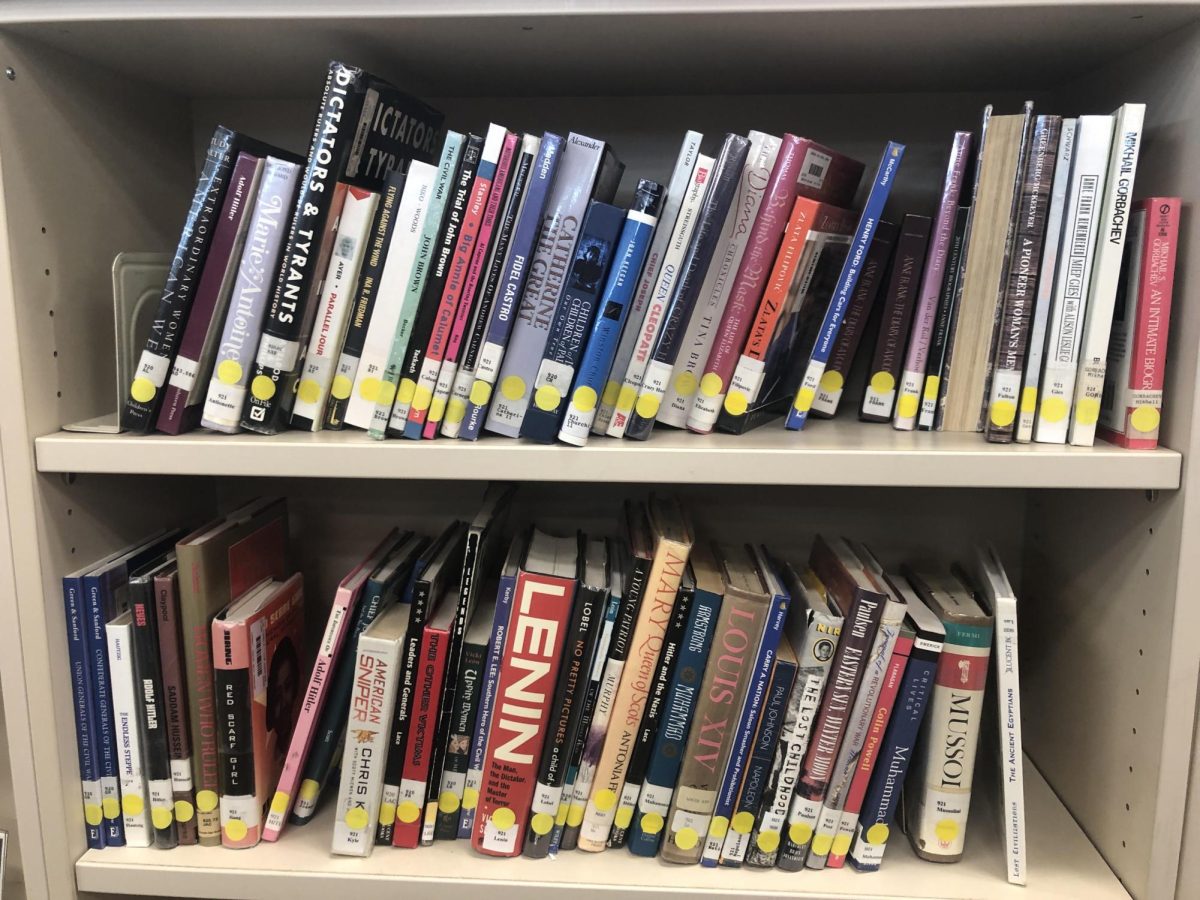Starting off the 2025-26 school year, Livermore Valley Joint Unified School District announced that the previous A/B semester block schedule would be replaced with a new hybrid A/B schedule that featured block and anchor days. Although the district has attempted to help students transition to the new schedule by giving an early notice, many were only aware of the change and not how the schedule would work.
Many mixed reactions were expressed by students at the start of the year. “I thought it was going to have students staying in class for too much time in school,” stated senior Jetshuoa Torres.
Class of 2026 senior Isabella Cruz agrees, saying, “I preferred the old school schedule because I had the opportunity to get to know more individuals and I was able to connect with more teachers. Especially with how short the time felt back in the trimester schedule.”
Many of the upperclassmen argue that they preferred the old A/B block schedule or the trimester system before the LVJUSD district implemented recent changes.
“Another reason why I like the old schedule was because I was able to do more classes that I would be interested in instead of being forced to commit to fewer classes in this schedule now. I wouldn’t be able to experience more other classes that I had an opportunity for during trimesters,” said Cruz.
Upperclassmen also commented on the change of ASE to ACCESS. Students were mixed on the change but Omar Magana admits, “Honestly, I feel like some kids need it, ‘cause they’re not focusing on their classes. On Wednesday, some kids need some check-ins and that’s okay because some kids are negligent on their school work”
“I feel like Thursdays should have, like, a free period, because I don’t think kids should be held in another one hour class period, which is kind of an ill attempt, but it just isn’t good for a student self in general,” said Magana.
“I think on Thursdays, it’s significantly worse than on Wednesdays, ‘cause it’s longer and maybe not necessary. But I think, you know, it’s to a concept of being forced to go to it,” Torres agreed.
Freshmen, in particular, say the new block and anchor day schedule has left them feeling that their homework load has increased during the transition from middle school to high school. Freshman Adam Merchel shared a similar view, saying, “The amount of work that has been provided is much higher than it was in middle school. This schedule feels very unfamiliar to the older schedules I have heard of and am familiar with.”
Overloading freshmen with assignments while they are still trying to transition from the change of middle school to high school can be very unmotivating.
On the other hand, the schedule has helped some students with its hybrid anchor and block day schedule. Merchel says, “I feel like I have more time to do assignments since we have block days, and it gives me an extra day to do an assignment for a class.”
This new schedule brings up the new issue of procrastination. Block days make procrastination almost inevitable. With classes alternating on Wednesdays and Thursdays, students often put off assignments until the next time they meet their teacher.
“If you give me a longer time period, I’m probably not do as much work ‘cause I’ll finish my work quick, but then I won’t feel like doing another assignment for the last 30 or 40 minutes so,” said Magana.
When asking Merchel about his thoughts on the block days if he procrastinates he admits, “Yes, absolutely. The anchor and block days have one hundred percent encouraged me to procrastinate more, and I love it.”
While the new schedule has slightly curbed procrastination for some students, it’s still a small factor in the bigger debate between students on whether or not the schedule is relatively good.
Teachers expressed differing opinions on the homework load this year as well. The anchor days included in this year’s schedule ensure that teachers meet with their students four times a week, which is a major improvement from last year, when classes met only two or three times in one week.
Having more time in class to work has, of course, affected the amount of work that students are going home with. On this new schedule, some teachers have been able to lessen the amount of assignments to be done at home, doing most of the work while in class. However, others have taken advantage of the extra time to actually assign more homework, thus getting through units more quickly.
Math teacher Mr. Clifton said that “on a weekly basis, I’m probably assigning about the same amount of homework as last year. On a daily basis, it’s probably slightly more.” He also noted that “the amount and quality [of homework] being turned in this year is up from last year.” Clifton attributes this to having more time in class, which he can use to answer any questions students might have.
English teacher Mrs. Arora said that she’s “been conscious about keeping homework to a reasonable amount… if anything, I think this year I’ve been finding ways to decrease the amount of reading at home, or spread it out over more days, or do reading in class.” Arora also commented that students had complained about homework more often last year, saying “I do not know if it was because they were meeting their classes every other day, so they were waiting until the day before the class to do the assignment, or if it was that teachers were indeed assigning more homework to bridge the gap in days that they were not meeting those classes.”
Clearly, different teachers are handling homework on the new schedule differently. However, the general consensus seems to be that students are complaining less and doing better work this year.



































